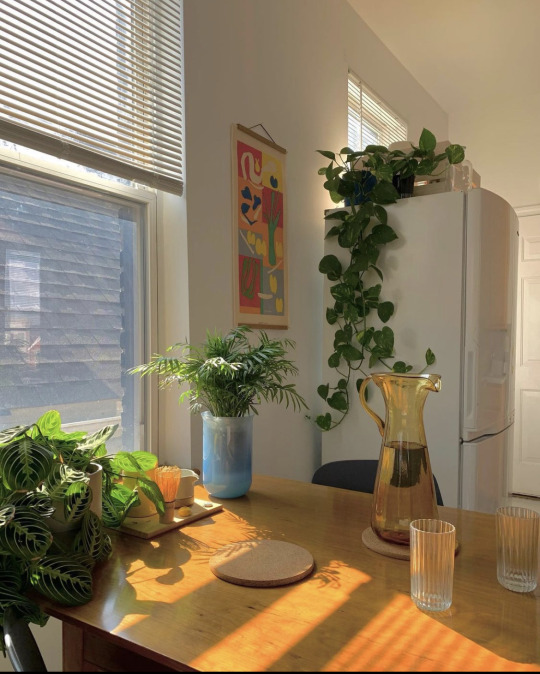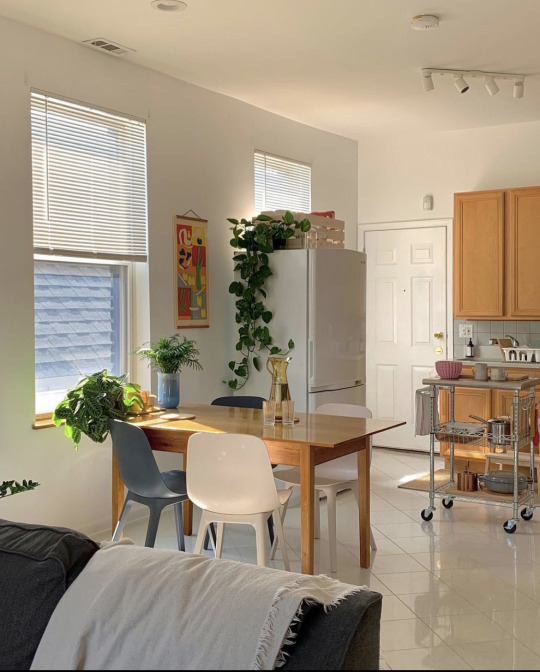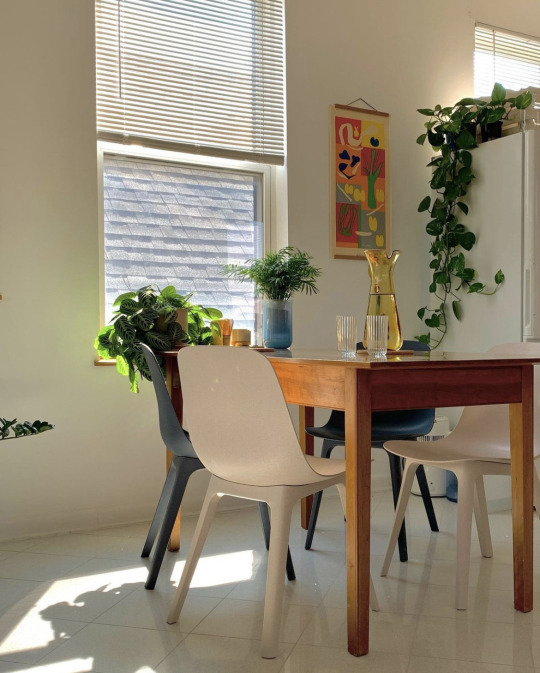Text
Studyblr follow train, like and reblog if you’re a study account! ✨☺️ especially fellow study accounts in their 20s!
344 notes
·
View notes
Text

MR FASHIONIST, Your daily dose of inspiration
495 notes
·
View notes
Text


THE STUDYBLR WITH KNIVES SERVER PRESENTS:
the Summer Reading Challenge 2.0 ☀︎
when i posted the first summer reading challenge a year ago, i honestly never thought so many people would participate and so many more challenges would be put together and enjoyed in good company :“) so thanks to everyone who’s joined up till now, i’m so glad these are as fun to take on as they are to design!
summer is just around the corner and we have a fresh hot sunny reading challenge ready for you! and if you want, you can also check out the 2022 pride reading challenge
RULES:
-> please reblog this post if you’re participating
-> for each of the prompts, read a book of your choice and cross the prompt out on the above template
-> post your updates in the form of text posts, bookish photos, or anything else you come up with under the tag #studyblr w/knives reading challenge!
-> the challenge will last from the 1st of june till the 30th of september, but feel free to finish it at your own pace
! be sure to hide any spoilers under the cut when posting updates/reviews, so people can avoid them if needed :)
as always, the prompts are transcribed below the cut and if you want to join the challenge on Storygraph as well, check out the notes of this post.
if you have any questions, feel free to leave them in my inbox!

Weiterlesen
286 notes
·
View notes
Text
Good morning to the online learners, my disillusioned college peers trying to crawl to the end of their degree, the ones who love to learn but are constantly thwarted by red tape and bureaucracy, the ex-gifted kids, the ex-not-gifted kids, the textbook pirates, the class skippers, the gap year takers, the kids who stay up late just to experience something that isn't the work grind, the one-week-at-a-timers, the one day-at-a-timers, the neurodivergent students every institution ignores and overlooks, and everybody who has been and is being traumatized by public or private education systems. Good morning to y'all and y'all only.
10K notes
·
View notes
Text
latin phrases worth knowing:
(in case you wanted to know because i fucking love this language)
ad astra per aspera - to the stars through difficulties
alis volat propriis - he flies by his own wings
amantium irae amoris integratio est - the quarrels of lovers are the renewal of love
ars longa, vita brevis - art is long, life is short
aut insanity homo, aut versus facit - the fellow is either mad or he is composing verses
dum spiro spero - while I breathe, I hope
ense petit placidam sub libertate quietem - with the sword, she seeks peace under liberty
exigo a me non ut optimus par sim sed ut malis melior - I require myself not to be equal to the best, but to be better than the bad
experiential docet - experience teaches
helluo librorum - a glutton for books (bookworm)
in libras libertas - in books, freedom
littera scripta manet - the written letter lasts
mens regnum bona possidet - an honest heart is a kingdom in itself
mirabile dictu - wonderful to say
nullus est liber tam malus ut non aliqua parte prosit - there is no book so bad that it is not profitable in some part
omnia iam fient quae posse negabam - everything which I used to say could not happen, will happen now
poeta nascitur, non fit - the poet is born, not made
qui dedit benificium taceat; narrat qui accepit - let him who has done a good deed be silent; let him who has received it tell it
saepe ne utile quidem est scire quid futurum sit - often, it is not advantageous to know what will be
sedit qui timuit ne non succederet - he who feared he would not succeed sat still
si vis pacem, para bellum - if you want peace, prepare for war
struit insidias lacrimis cum feminia plorat - when a woman weeps, she is setting traps with her tears
sub rosa - under the rose
trahimir omnes laudis studio - we are led on by our eagerness for praise
urbem latericium invenit, marmoream reliquit - he found the city a city of bricks; he left it a city of marble
ut incepit fidelis sic permanet - as loyal as she began, so she remains
119K notes
·
View notes
Photo


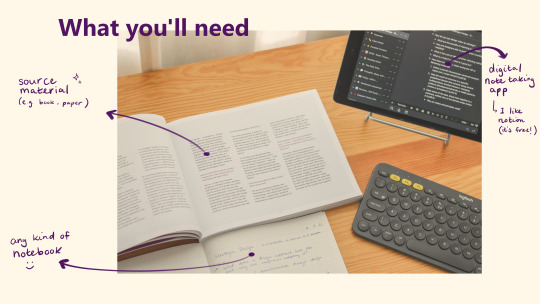
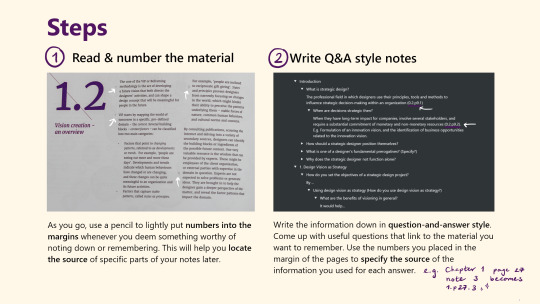
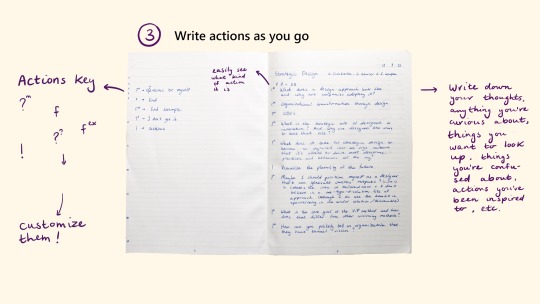
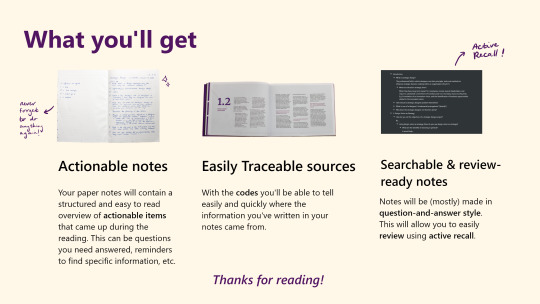
Hybrid Note Taking Style
A note taking method that blends the best of paper and digital note taking that I’ve been exploring lately. So far it’s working really well for me :) Hope it helps!
5K notes
·
View notes
Photo
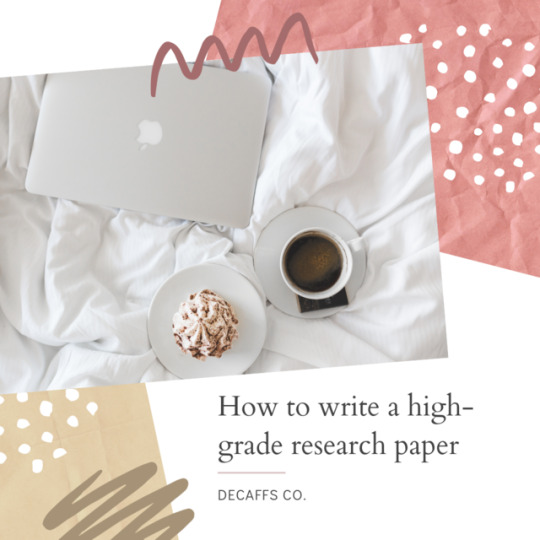
HOW TO WRITE A HIGH-GRADE RESEARCH PAPER
~~~~~~~~~~~~~~~~~~~~~~~~~~~~~~~~~~~~~~~~~~
The first time I had to write a research paper for university was one of the most stressful experiences I’d ever had - it was so different to anything I’d ever done before and caused me so much anxiety! It turned out that I’m pretty damn good at writing research reports and I’m now looking to pursue a career in psychological research.
I have never received less than a First (or 4.0 GPA for you American studiers) in my research papers so I thought I’d share my top tips on how to write a kick-ass, high-grade research paper.
*disclaimer: I am a psychology student, my tips are based on my personal experience of writing up psychological research (quantitative and qualitative); therefore, they may require some adaptation in order to be applied to your field of study/research*
These tips will be split up into the different sections a research paper should consist of: abstract, introduction, methods, results, discussion.
ABSTRACT
The aim of an abstract is to summarise your whole paper - it should be concise, include key-words, highlight the key points of your paper and be written last.
When I say concise, I mean concise! The abstract is what other students and researchers will read in order to decide whether your research is relevant their own work and essentially determines whether or not they’ll read on - they want to know the key details and don’t want to be overwhelmed with information.
I always aim to keep my abstracts under 250 words. I set myself this limit to stop myself waffling and dwelling on unimportant points, it helps me to be really selective of what I include and ensures I’m gripping the reader from the start.
Your abstract should discuss the research rationale, the methods and designs used, your results and the general conclusion(s) drawn. One or two sentences on each of these topics is enough.
Make sure you’re using key-words throughout your abstract as this will also help the reader decide whether your work is relevant to theirs. You can make key-words super obvious by highlighting them in a key at the bottom of your abstract (see below) or just used jargon consistently. Using key-words is also important if you’re looking to get your work published, these words will help people find your work using search engines.

Finally, write your abstract last! An abstract is a summary of your whole research paper which makes it practically impossible to write well first. After writing the rest of your paper, you will know your research inside and out and already have an idea of what key things you need to highlight in your abstract.
INTRODUCTION
For me, the introduction section is always the most intimidating to write because it’s like painting on a blank canvas - massively daunting and leaving you terrified to make a mistake!
The aim of an introduction is to provide the rationale for your research and justify why your work is essential in the field. In general, your introduction should start very broad and narrow down until you arrive at the niche that is your research question or hypothesis.
To start, you need to provide the reader with some background information and context. You should discuss the general principle of your paper and include some key pieces of research (or theoretical frameworks if relevant) that helps your reader get up to speed with the research field and where understanding currently lies. This section can be pretty lengthy, especially in psychological research, so make sure all of the information you’re including is vital as it can be pretty easy to get carried away.
This background should lead you onto the rationale. If you’ve never written a research paper before, the rationale is essentially the reason behind your own research. This could be building on previous findings so our understanding remains up to date, it could be picking up on weaknesses of other research and rectifying these issues or it could be delving into an unexplored aspect of the field! You should clearly state your rationale and this helps lead into the next section.
You should end your introduction by briefly discussing your current research. You need to state your research question or hypothesis, how you plan on investigating the question/hypothesis, the sample you plan on using and the analysis you plan to carry out. You should also mention any limitations you anticipate to crop up so you can address these in your discussion.
In psychology, references are huge in research introductions so it is important to use an accurate (and modern as possible) reference for each statement you are making. You can then use these same references in your discussion to show where your research fits into the current understanding of the topic!
METHODS
Your methods section should make use of subheadings and tables where necessary and should be written in past tense. This can make the (potentially) lengthy section easier to navigate for the reader. I usually use the following headings: participants, materials, design, procedure.
The participants section should describe the sample that took part in your research. Age, gender, nationality and other relevant demographic information should be provided as well as the sampling technique. Personally, I use a table (see below) alongside my continuous prose as an alternative way of viewing my sample population. Please note, if you’re using a table make sure it adheres to your university guidelines.
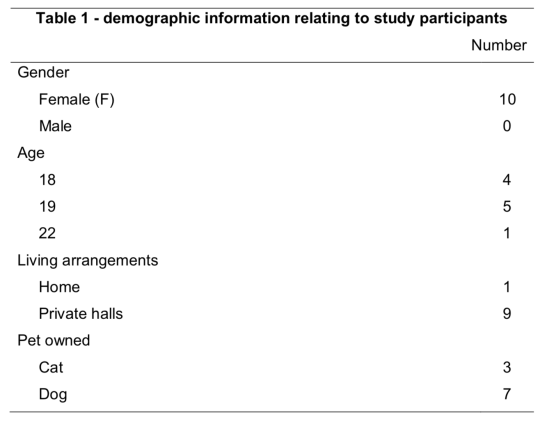
The materials section of your methods should include any equipment, resources (i.e. images, books, diagrams) or any other materials used in your data collection. You should also reference the program that helped you conduct your analysis. For example, if you are writing a qualitative research paper, you may want to include Microsoft Word in your materials if you use the program to transcribe interviews.
You should then describe the design used in your research. All variables should be identified in this paragraph, if relevant. You should also discuss whether your research is within-groups or between-groups, again only if relevant.
Last is your procedure section - the most important one! You must write this section with enough detail so that anybody could pick it up, read it and conduct the same experiment with ease. You should describe what participants were required to do, how data was collected and it should be written in chronological order! While it’s important to provide enough information, try not to overwhelm the reader with lengthy sentences and unnecessary information.
RESULTS
Your results section’s sole purpose is to provide the reader with the data from your study. It should be the second shortest section (abstract being first) in your research paper and should stick to the relevant guidelines in regards to reporting figures, tables and diagrams. Your goal is to relay results in the most objective and concise way possible.
Your results section serves to act as evidence for the claims you’ll go on to make during your discussion but you must not be biased in the results you report. You should report enough data to sufficiently justify your conclusions but must also include data that doesn’t support your original hypothesis or research question.
Reporting data is most easily done through tables and figures as they’re easy to look at and select relevant information. If you’re using tables and figures you should always make sure you’re stating effect sizes and p values and to a consistent decimal place. Illustrative tables and figures should always be followed by supporting summary text consisting of a couple of sentences relaying the key statistical findings in continuous prose.
DISCUSSION
The discussion section should take the opposite approach to your introduction! You should start discussing your own research and broaden the discussion until you’re talking about the general research field.
You should start by stating the major findings of your study and relating them back to your hypothesis or research questions. You must must must explicitly state whether you reject or accept your experimental hypothesis, if you have one. After stating your key findings you should explain the meaning, why they’re important and where they fit into the existing literature. It’s here that you should bring back the research you discussed in your introduction, you should relate your findings to the current understanding and state the new insight your research provides.
You should then state the clinical relevance of your research. Think about how your findings could be applied to real-life situations and discuss one or two practical applications.
After this, discuss the limitations of your research. Limitations could include sample size and general sample population and how this effects generalisability of findings, it could include methodological problems or research bias! These limitations will allow you to discuss how further research should be conducted. Suggest ways in which these limitations could be rectified in future research and also discuss the implications this could have on findings and conclusions drawn.
Finally, you need to give the reader a take-home message. A sentence or two to justify (again) the need for your research and how it contributes to current understanding in the field. This is the last thing your audience will read so make it punchy!
~~~~~~~~~~~~~~~~~~~~~~~~~~~~~~~~~~~~
That’s it folks! My tips for writing a kick-ass, high-grade research paper based on my personal experience. If you have any questions regarding things I’ve missed or didn’t provide enough detail of, then please just send me an ask!
Also, if any of you would like to read any of my past research papers I would be more than happy to provide you with them :-))
7K notes
·
View notes
Photo



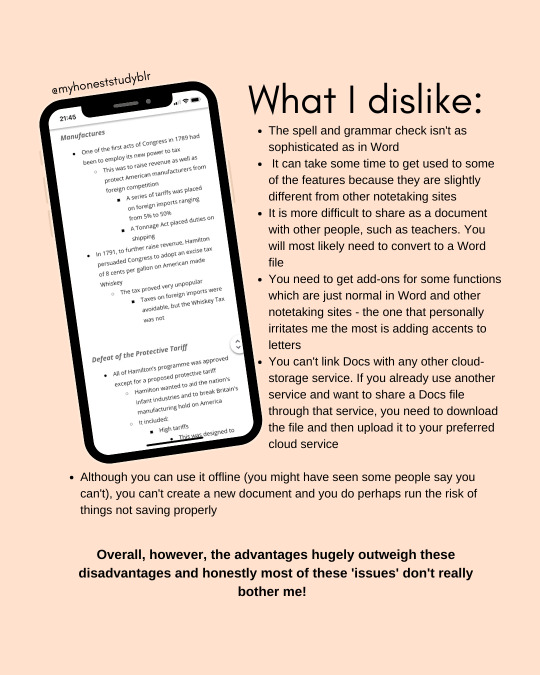


my masterpost | my studygram | ask me anything
[click images for high quality]
[transcript under the cut]
Other advice posts that may be of interest:
How To Stop Procrastinating
How To Study When You Really Don’t Want To
Unusual Study Tips
How To Do Uni Readings
Active Revision Tips
How to Focus in Online Classes
Keep reading
2K notes
·
View notes
Photo
This play list is amazing!! 😍

sunday: i meant to post this playlist weeks ago, so you could all have some soft indie study tunes to listen to while you’re studying for exams/midterms. as much as i love instrumental study music, sometimes you just want lyrics to listen to while studying. here’s a playlist to guide you through your work day before the next week begins 💫
(listen here)
patience - the lumineers // obvious bicycle - vampire weekend // all i want - kodaline // somebody else - the 1975 // meet me in the hallway - harry styles // from eden - hozier // angela - the lumineers // is there somebody who can watch you - the 1975 // all we ever knew - the head and the heart // featherstone - the paper kites // dirty paws - of monsters and men // like real people do - hozier // miracle aligners - the shadow puppets // hannah hunt - vampire weekend // hey k - passion pit // the cave - mumford and sons // suck it and see - arctic monkeys // reign down - bombay bicycle club // rivers and road - the head and the heart // ophelia - the lumineers // cherry wine (live) - hozier // from the dining table - harry styles
Keep reading
317 notes
·
View notes
Photo
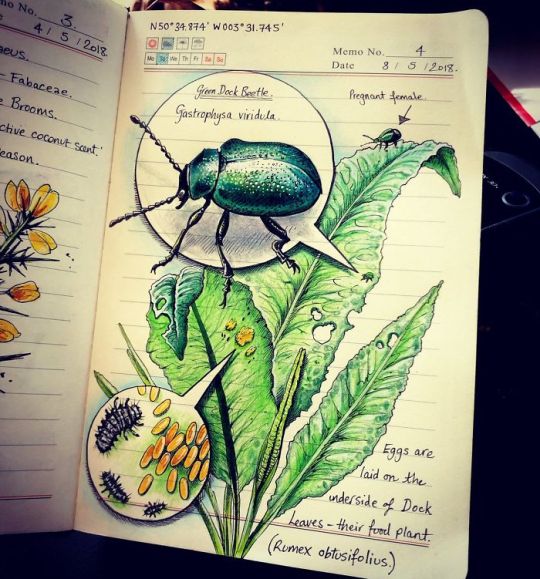
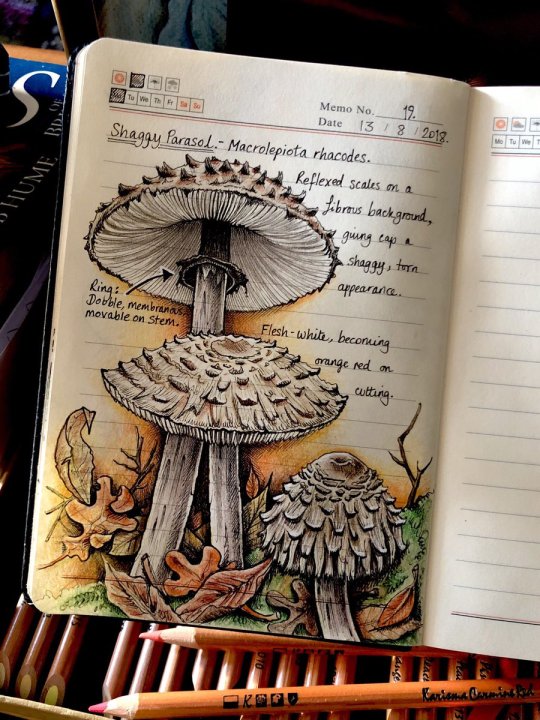



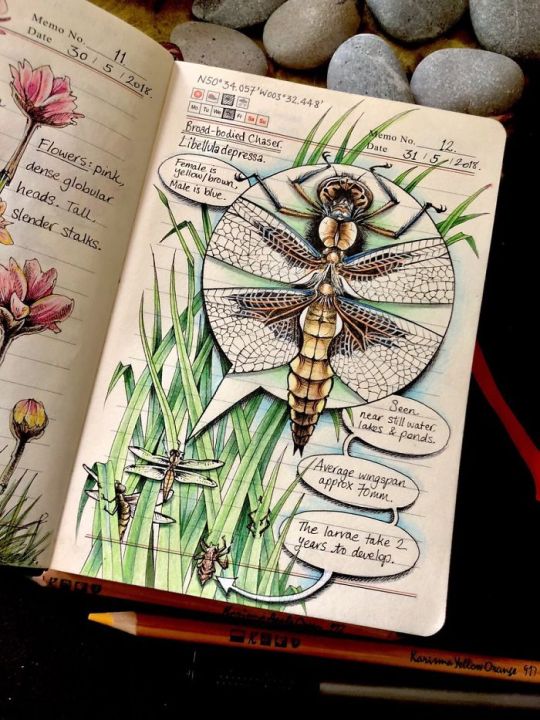
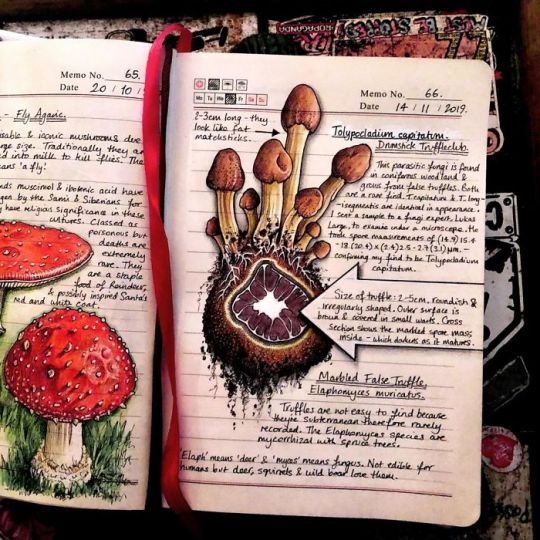

Secrets of a Devon Wood
Jo Brown
If you enjoyed, consider purchasing a copy of the book for yourself!
4K notes
·
View notes




